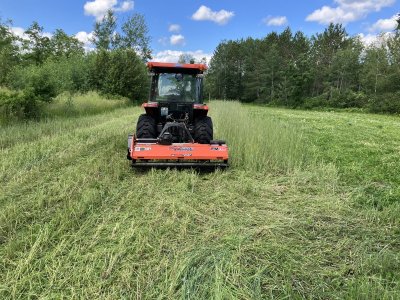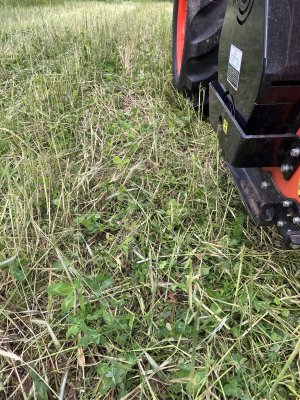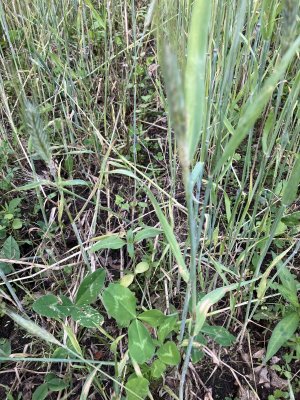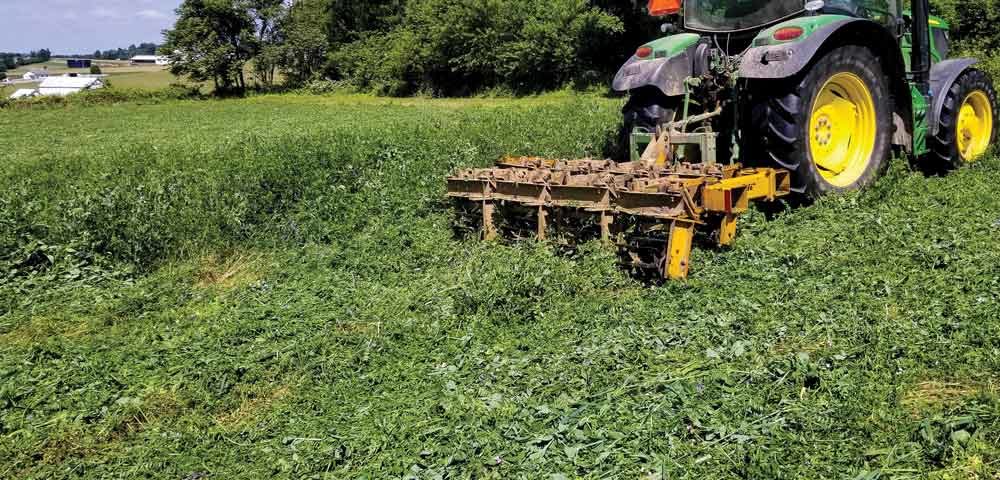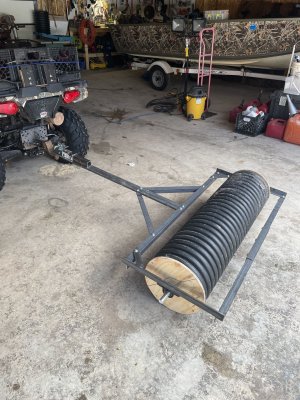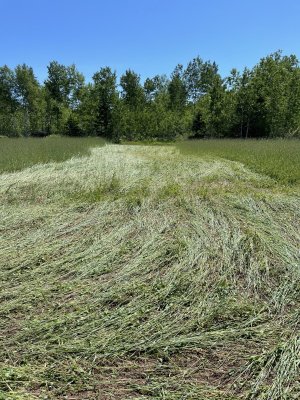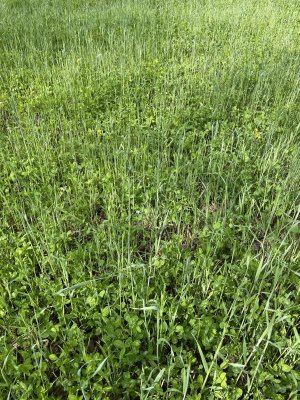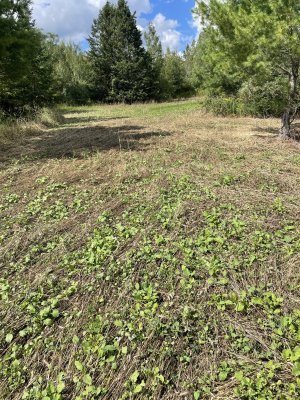S.T.Fanatic
5 year old buck +
Rainfall is key and having good soil biology is a big one as well. Without the "critters" you will end up having a lot of thatch build up and have a hard time getting the seed down to the soil where it needs to be in order to make a good stand. I am still working out the kinks myself. I broadcast at twice the rate and then crimp right after. Like anything timing is key. The plants need to be at a certain maturity to crimp and you need to be able to get a rain on the seed soon thereafter.Yep.....I have never been able to succeed at broadcast seeds of any kind either. The drill seems to be the ticket for me.......tho I may try broadcasting again. Wonder if the protection of some thatch may help? ......provided the seed reaches the ground. Mowing or at least a cutipacker has worked to a degree for me......but rainfall was always needed to follow. Now with the mulch it would appear I can hold a little moisture and may pull it off (?).

